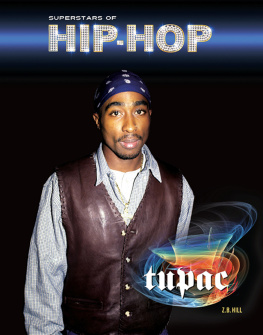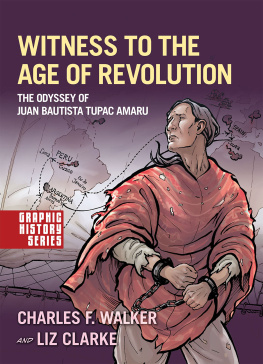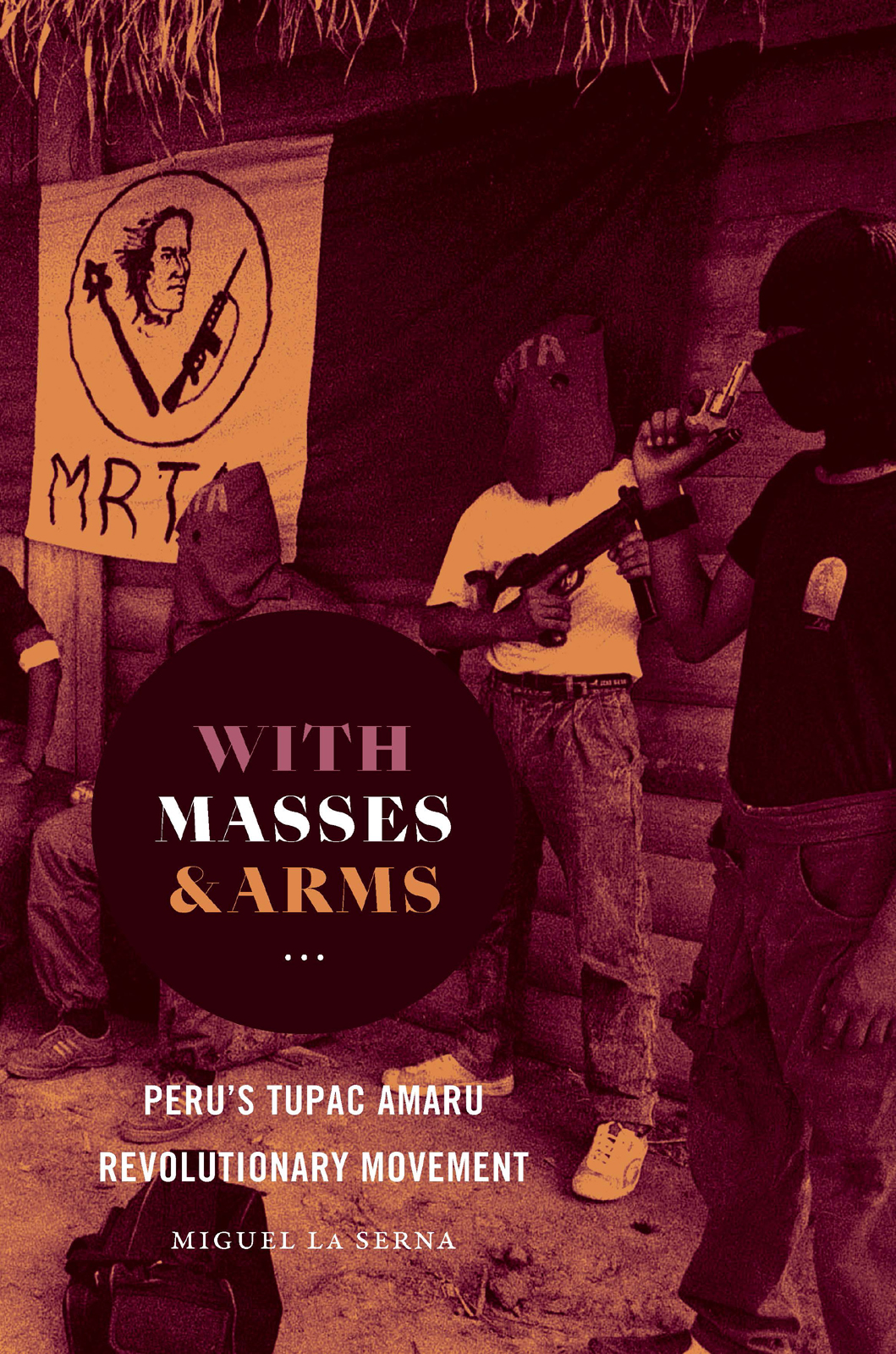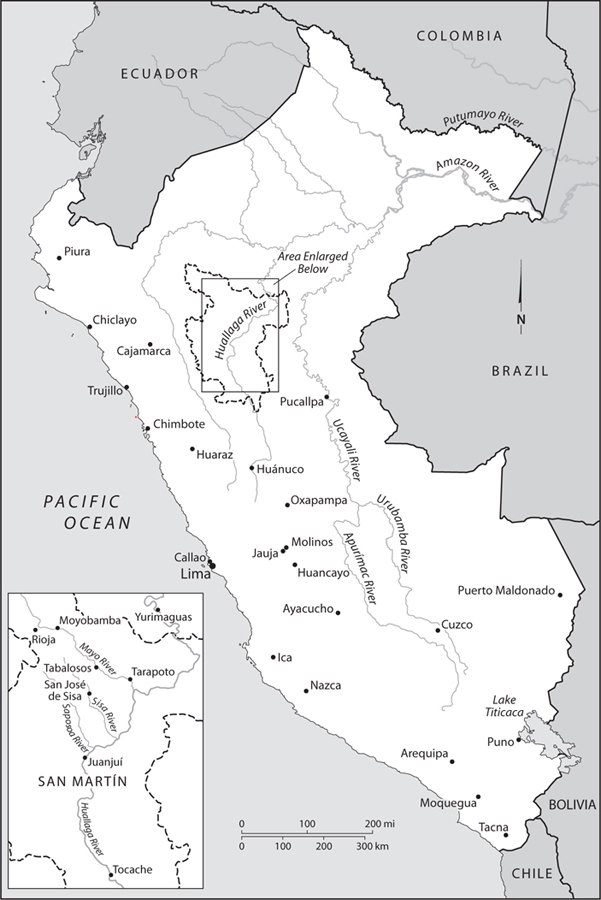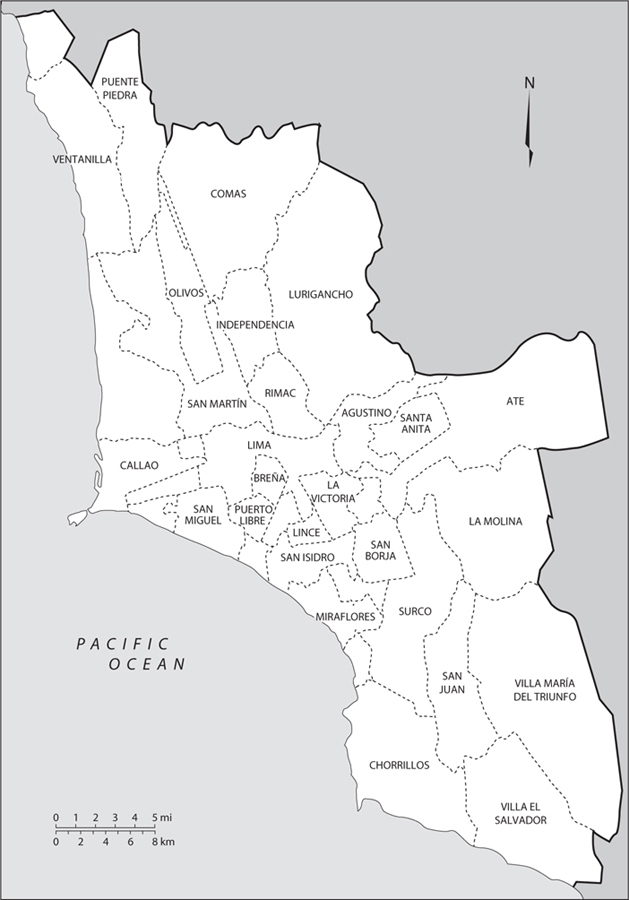This book was published with the assistance of the H. Eugene and Lillian Youngs Lehman Fund of the University of North Carolina Press. A complete list of books published in the Lehman Series appears at the end of the book.
The University of North Carolina Press has been a member of the Green Press Initiative since 2003.
Names: La Serna, Miguel, author.
Title: With masses and arms : Perus Tupac Amaru Revolutionary Movement / Miguel La Serna.
Other titles: H. Eugene and Lillian Youngs Lehman series.
Description: Chapel Hill : University of North Carolina Press, [2020] | Series: H. Eugene and Lillian Youngs Lehman series | Includes bibliographical references and index.
Identifiers: LCCN 2019053597 | ISBN 9781469655963 (cloth : alk. paper) | ISBN 9781469655970 (paperback : alk. paper) | ISBN 9781469655987 (ebook)
Subjects: LCSH: Movimiento Revolucionario Tpac AmaruHistory. | Movimiento Revolucionario Tpac AmaruPublic relations. | RevolutionariesPeruHistory20th century. | Women revolutionariesPeruHistory20th century. | Collective memoryPeru. | PeruPolitics and government1980
Acknowledgments
It has been both rewarding and challenging writing this book: rewarding in that I have benefited from the generous support of others; challenging to do justice to their wisdom and guidance. I thank my Peruvianist colleagues Jos Carlos Agero, Carlos Aguirre, Renzo Aroni, Florence Babb, Julin Berrocal, Kathryn Burns, Ivn Caro, Ricardo Caro, Carlos Contreras, Martha-Cecilia Dietrich Ortega, Paulo Drinot, Gustavo Gorriti, Shane Greene, Jaymie Patricia Heilman, Walter Huaman, Luca Luna Victoria Indacochea, Marie Manrique, Mario Miguel Meza, Diana Miloslavich, Ral Necochea, Jorge Ortz Sotelo, Jos Luis Rnique, and Tony Zapata for their many insights, conversations, and feedback at various stages of the research and writing process. Ruth Borja, Roberto Bustamante, Sebastin Chvez Wurm, Karina Fernndez Gonzlez, Marcelita Gutirrez, Oscar Medrano, Pablo Rojas, Melissa Snchez, and Santiago Tamay Silva helped me locate crucial archival records, for which I am forever grateful. I owe a tremendous debt of gratitude to Oscar Arriola, Liliana Gliksman, Nancy Madrid, Marco Miyashiro, Ricardo Noriega Salaverry, Mario Rossi, Vladimir Uapillco, Iris Valladares, and especially Lori Berenson and Anah Durand for putting me in contact with critical interview subjects on both sides of the political divide.
My professional community in the United States was a rock of support. At the University of North Carolina at Chapel Hill, Sharon Anderson, Joyce Loftin, Jennifer Parker, and Beatriz Riefkhol were always willing to put up with my queries, requests for administrative and financial support, and other nuisances along the way. My colleagues Fitz Brundage, Emily Burrill, Sebastin Carassai, John Chasteen, Rudi Colloredo Mansfeld, Mariana Dantas, Kathleen DuVal, Oswaldo Estrada, Joe Glatthaar, Jacqueline Hagan, Karen Hagemann, Jonathan Hartlyn, Emil Keme, Lisa Lindsay, Malinda Maynor Lowery, Susan Pennybacker, Jos Juan Prez Melndez, Cynthia Radding, Julie Reed, Marian Schlotterbeck, Tatiana Seijas, William Sturkey, Ben Waterhouse, Brett Whalen, and Luise White offered invaluable moral and intellectual support. I am most grateful to Martha Espinosa, Stark Harbour, Emma Macneil, Sydney Marshall, Danielle McIvor, Kenneth Neggy, Elizabeth Stillwell, Emily Taylor, and Diana Torres for their thoughtful comments on my penultimate draft. Ponciano Del Pino, Lou Prez, Orin Starn, Brendan Thornton, and Chuck Walker deserve special mention for exhibiting that special blend of mentorship, scholarly exchange, and friendship. I am grateful to the UNC Institute for the Arts and Humanities for providing me with a Faculty Fellowship to work on this project. There, Jan Bardsley, Michelle Berger, Tim Carter, Banu Gokariskel, Mark Katz, Heidi Kim, Enrique Neblett, lvaro Reyes, and Milada Vachudova provided the stimulating intellectual incubator in which many of the books key ideas and concepts metastasized. Down the road at UNC Press, my editor Elaine Maisner helped breathe life into this project. If this book is of any value to readers, I invite them to join me in thanking Elaine for her incredible patience, guidance, and encouragement at every step of the journey.
My family and friends in the United States and Peru have always kept me going. My Peruvian family, Carlos, Karlos, Korah, Mara, Matas, Olenka, Pepe, Piotr, Ricardo, Teresa, Veronica, and Yolanda La Serna, offered unwavering support. My parents, Sabad and Susan, sent me off into the field with much love, encouragement, and no small amount of concern for my well-being, for which I am truly grateful. I am indebted to Carmen and Michael Betts for offering the kind of moral, emotional, and childcare support usually reserved for family. Thank you to Jonathan Woody for always being there in a pinch. Finally, I thank Jillian Joy, Micaela Renee, and Mateo Gael La Serna for enduring all the trips, late nights, drafts, rewrites, deadlines, and headaches along the way. You are my life, my heart, my soul. Los quiero hoy, ms que ayer, pero no tanto como maana.
Abbreviations and Acronyms
| APRA | American Popular Revolutionary Alliance |
| CVR | Truth and Reconciliation Commission (Comisin de la Verdad y Reconciliacin) |
| DINCOTE | Peruvian counterterrorism police |
| GRFA | Revolutionary Government of the Armed Forces |
| ITT | International Telephone & Telegraph |
| KFC | Kentucky Fried Chicken |
| MIR | Revolutionary Left Movement |
| MRTA | Tupac Amaru Revolutionary Movement (El Movimiento Revolucionario Tpac Amaru) |
| PIP | Peruvian Investigative Police |
| SIN | National Intelligence Service |
| LA UNI | National University of Engineering |
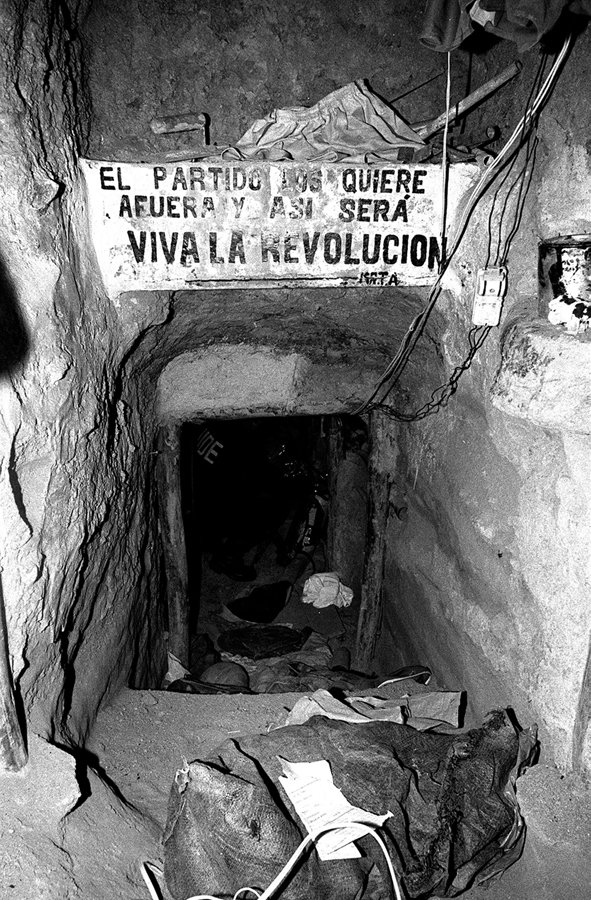
With Masses and Arms
Introduction
Nstor Cerpa Cartolini awoke early on the morning of 22 April 1997. It had been 126 days since the rebel commander had led thirteen of his comrades from the Tupac Amaru Revolutionary Movement, or MRTA, in storming the residence of the Japanese ambassador to Peru, in an upscale Lima suburb. The rebels and their seventy-two hostages had been locked inside the residence with no electricity or running water since before Christmas of the previous year.


